
Arpana
Source: https://mysparklebox.dev
This article was last updated on 12th December 2023 to reflect the accuracy and up-to-date information on the page.
“It is the mark of an educated mind to be able to entertain a thought without accepting it.” – Aristotle
Change is the law of nature. Some changes are planned, while some changes are thrust upon us. The disruption caused by COVID-19 and the deluge of change that followed was imposed upon us. The transformative change impacted the education system and students from all age groups–from kindergarten to postgraduates–were the first few to feel the heat of the new challenges as it literally pulled them out of their comfort zones.
Source: https://impatientdesigner.com/
The fact of the matter is that these changes are here to stay and as for mastering the technology, the sooner the better. As we all know, children are exposed to tech gadgets like mobile phones, video game consoles, etc., and start interacting with them at an early age, but systematic learning is something different.
Various articles and reports emphasize systematic teaching because it makes children resilient in the long run. The knowledge will be an asset for them as it will endow them with the most sought-after skills such as problem-solving, comprehending instructions, communicating, and creating new things. In technical terms, these technical skills are called Information Communication Technology (ICT) capabilities, which include basic knowledge and usage of the digital technologies around them. The requirement for each age group is different, but nowadays everything has been simplified, so learning technology has become a child’s play.
Let’s look at the five tech skills that children must know:
1. How to Use Devices, Emails
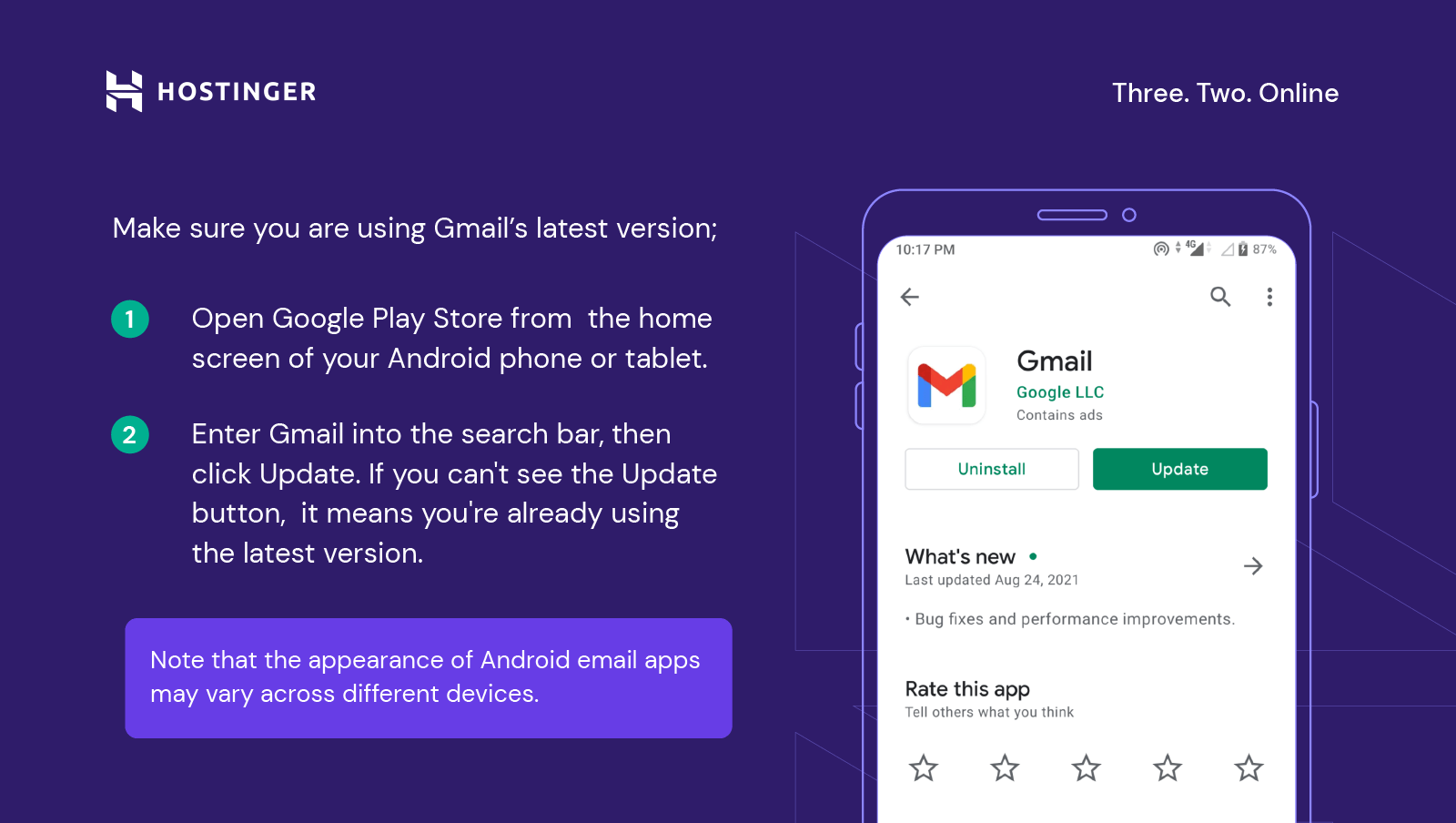 Source:https://www.hostinger.in/
Source:https://www.hostinger.in/
That the young generation starts interacting with technology at an early stage is a fact, but the current scenario turned leisure into compulsion by compelling children to move to online academic sessions instantly via computers, tablets/iPads, or mobile phones. Familiarity with these devices was not the issue, but systematic knowledge was the challenge. A few basic tech skills – how to turn on a computer and how to shut it down; how to use log-in and password to join the sessions, how to check emails for assignments, and how to make a video call–are some of the important skills that children should gain. These basics will make your children independent.
2. Word Processing
Source: https://www.kmacims.com
The next step should be learning Word Processing, and one of the common word-processing applications is Microsoft Word. Learning is all about practice, and the children can master word processing by practicing regularly. It would include everything–creating folders and files, writing/editing and saving files, and finally, giving print commands. Later, children can also learn other word-processing applications such as Google Docs and Open Office.
3. Graphic Designing
Source: https://replicaprinting.com/
Children often enjoy watching their favorite characters in cartoon shows, finding joy and entertainment in the vibrant visuals. Introducing them to the basics of graphic design can be highly beneficial. This journey begins with familiarizing them with color concepts, shapes, and layout, progressing to more advanced elements such as typography and hierarchy.
4. Podcast
Source: https://www.searchenginejournal.com/
A podcast is largely described as audio content made available on the internet. We can download it to a computer or mobile device, and its consumption is on the surge in the US. According to The Infinite Dial 2020 from Edison Research and Triton Digital report, over one-third of Americans aged 12 and over (104 Million) are consuming podcasts regularly. Podcasts are engaging and creative learning tools with various benefits – it helps children in word recognition and improves listening comprehension. This is one aspect of a podcast. Children should also learn to create podcasts. Schools start teaching public speaking as early as the first grade and, therefore, it should be easier for the children to follow these steps to create podcasts.
Steps to Create a Podcast:
- Topic – Start by selecting a favorite topic.
- Format – discussion, interview, or storytelling.
- Software – Audacity, Anchor, Garage Band, Adobe Audition, etc.
- Recording
- Editing
- Uploading
- Science Games and Activities
Children are natural learners and it is important to focus on their natural interests. It can be achieved via science games and activities because these games are engaging and introduce children to various aspects of technology starting from computers and the internet, robots and their types, and help in building tech vocabulary. Not just that it also helps in skill-building, simulation fluency, problem-solving, and strategic thinking. For the younger ones, this activity offers both fun and learning.
5. Coding
Source: https://www.freecodecamp.org/
A common question that comes to mind is how early should kids learn to code. According to experts, ideally, 7-year-olds can start learning program basics, but nowadays, coding has been simplified so children can start much earlier. Thanks to some popular block coding such as Scratch, Blockly, etc.
Then there are screen-free learning games such as Magnetic Tiles Coding Activity that teaches algorithms, sequencing, and debugging; Rocket Ship Decomposition tells kids about decompositions and algorithms!
Then you have another offline game that improves the executive functioning skills of children. Titled Coding Game Improving Executive Functions, it teaches essential programming skills for breaking down big tasks. There is a long list of such games and the parents vouch for them saying their children can’t get enough of it.
Conclusion
Whether we like it or not, technology is an integral part of our lives, and it’s important to impart basic knowledge of it to children. Equipping them with this understanding allows them to navigate the digital landscape with confidence, avoiding stumbling blocks.
These fundamental skills serve as valuable tools in their learning journey, ensuring a smoother path forward.
Moonpreneur is on a mission to disrupt traditional education and future-proof the next generation with holistic learning solutions. Its Innovator Program is building tomorrow’s workforce by training students in AI/ML, Robotics, Coding, IoT, and Apps, enabling entrepreneurship through experiential learning.




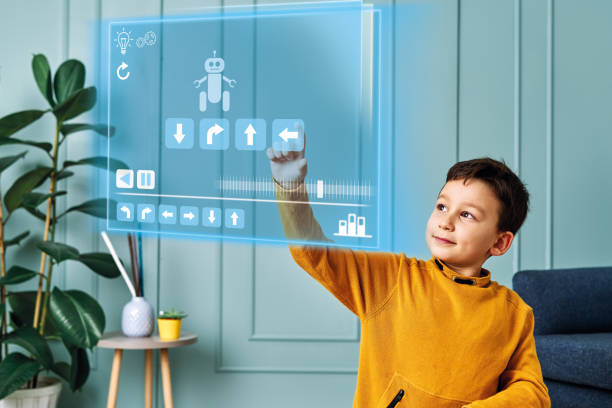

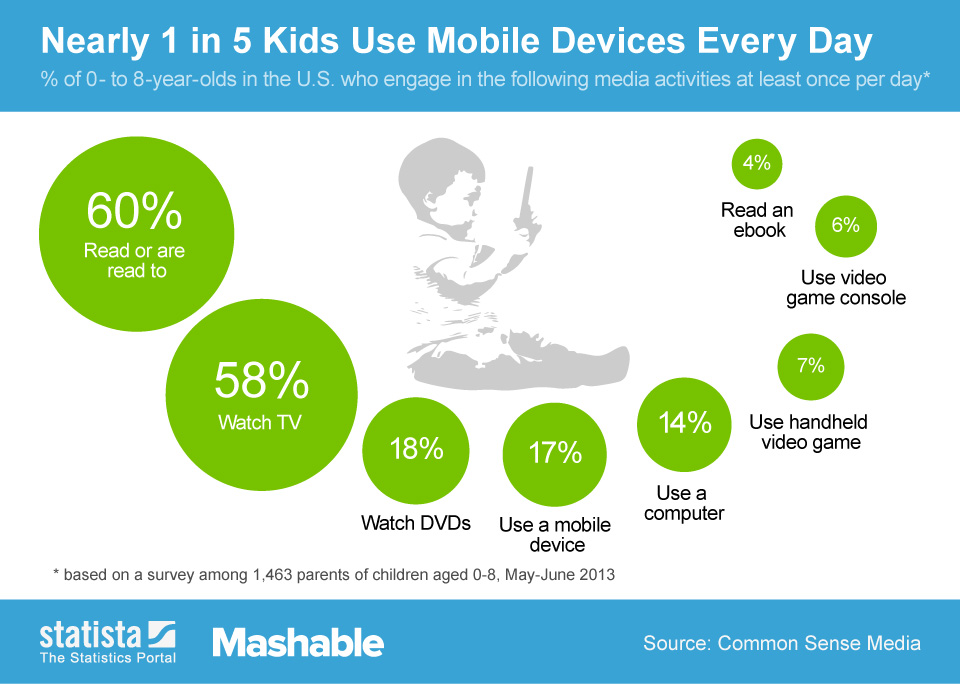
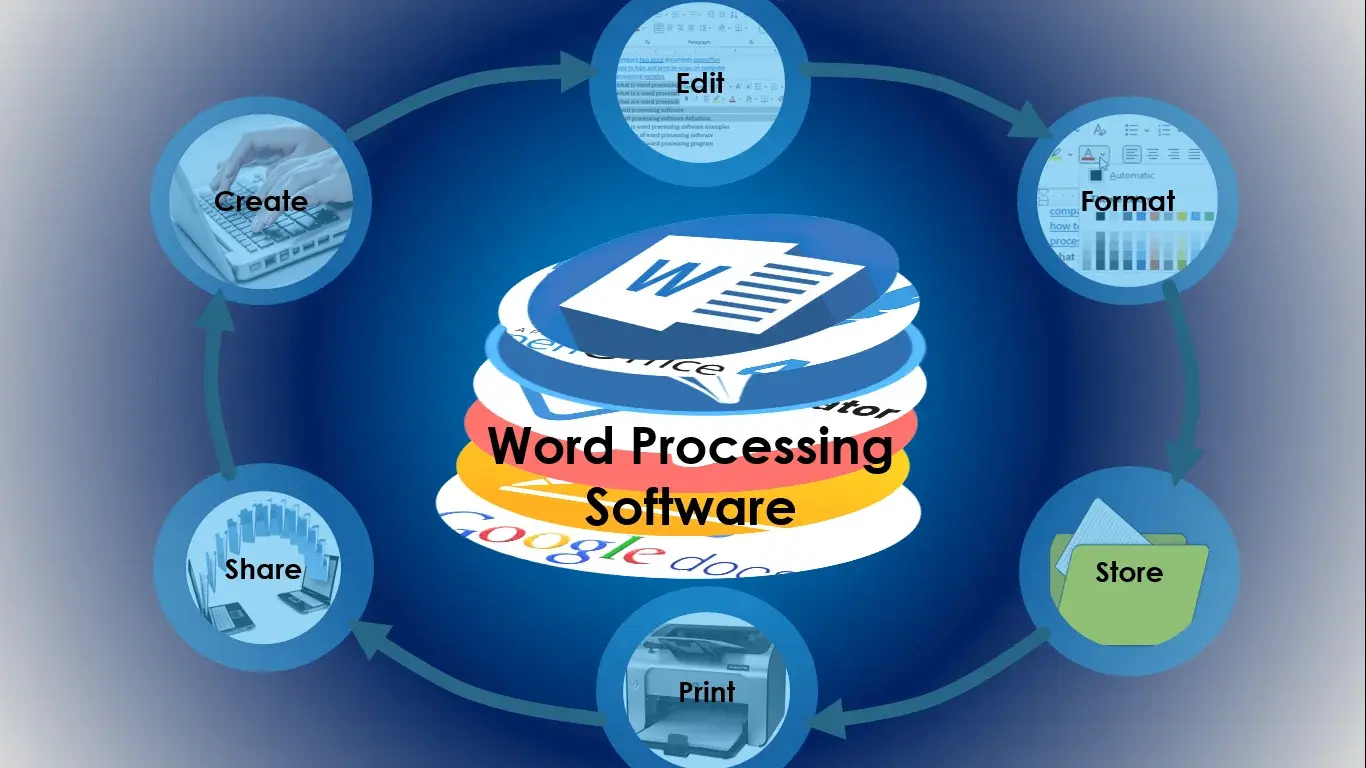
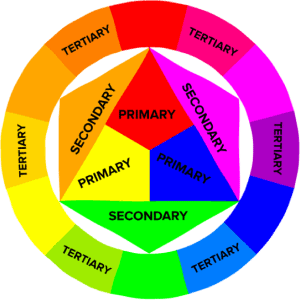


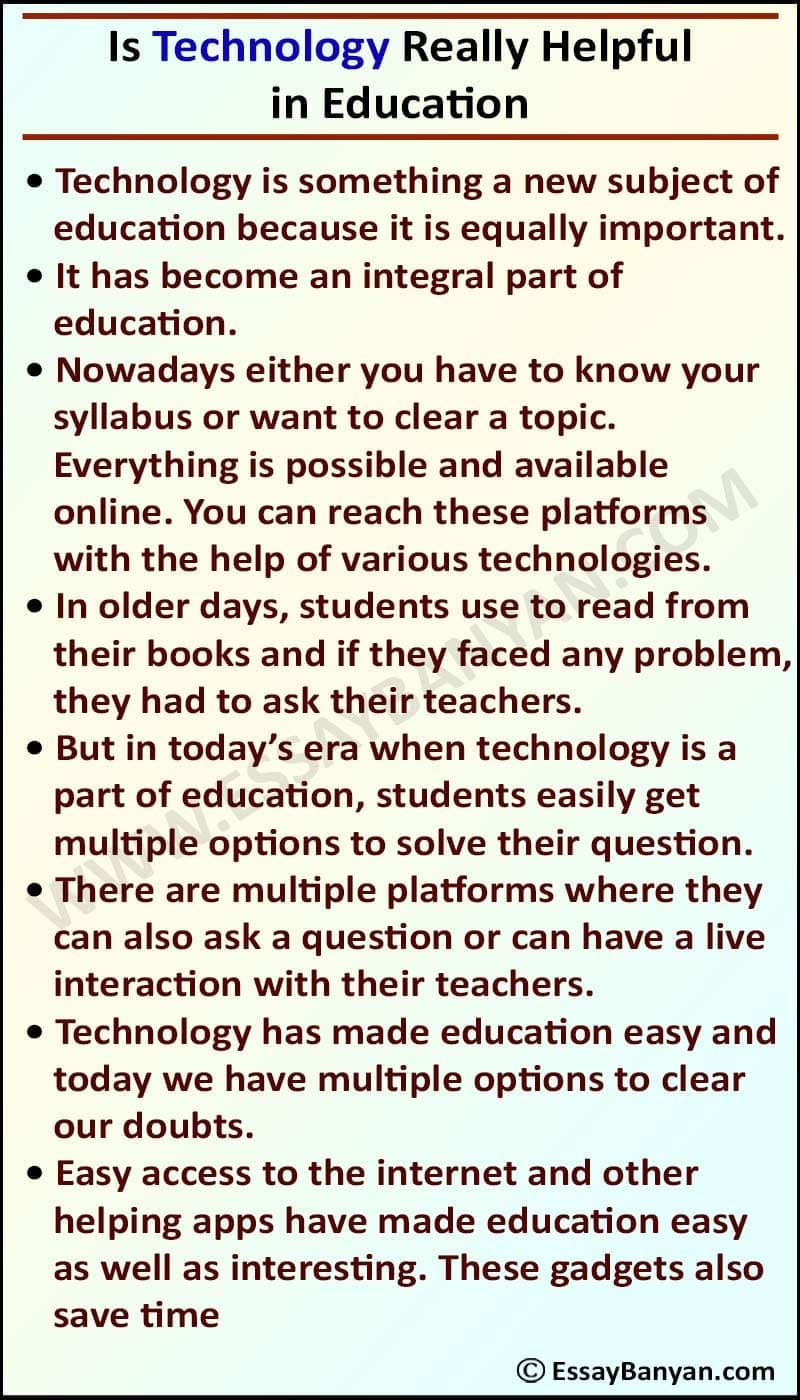




















How can kids become aware of cybersecurity?
The best way to teach kids about cybersecurity is to play educational games, have fun workshops, and have open discussions about online safety. You can also set parental controls and keep an eye on what your kid is doing online.
Can these abilities be included in the usual curriculum of schools?
If you’re looking for a more comprehensive approach, you can also add this kind of learning to your child’s curriculum at home. Lots of schools are starting to understand the value of tech skills and are starting to include coding, digital literacy and basic computer skills in their programs.
Do these skills only apply to the next generation of tech engineers?
No, these abilities are applicable to a wide range of occupations. They foster problem solving, critical thinking and creativity, all of which are essential for any job. Even within non-tech industries, a basic knowledge of technology is becoming increasingly essential.
Can’t kids just pick up these skills when they settle on a certain job route later in life?
Early exposure gives children a strong foundation to begin exploring their interests. Neglecting to do so could result in missed chances and a more difficult learning process in the future. Early exposure expands their knowledge and allows them to make informed career decisions.
Is parental engagement essential, or can schools teach these skills?
Schools are important, but it’s just as important for parents to be involved too. Learning is best when it’s not just about what’s learned in class. Parents can give extra help, help with ideas, and make sure those skills are used in real life.